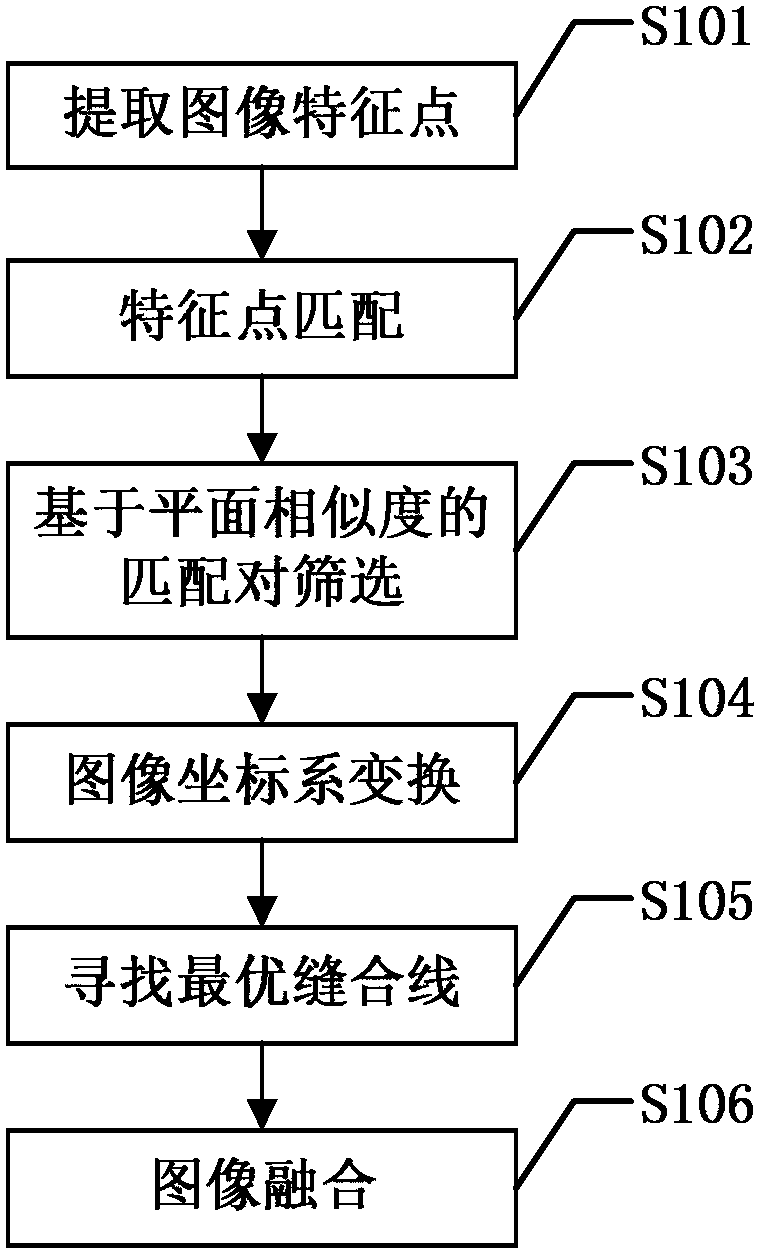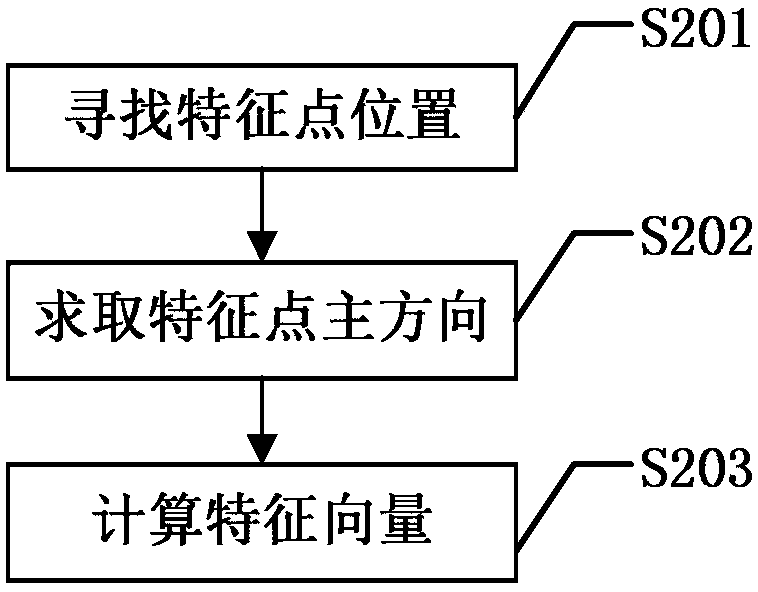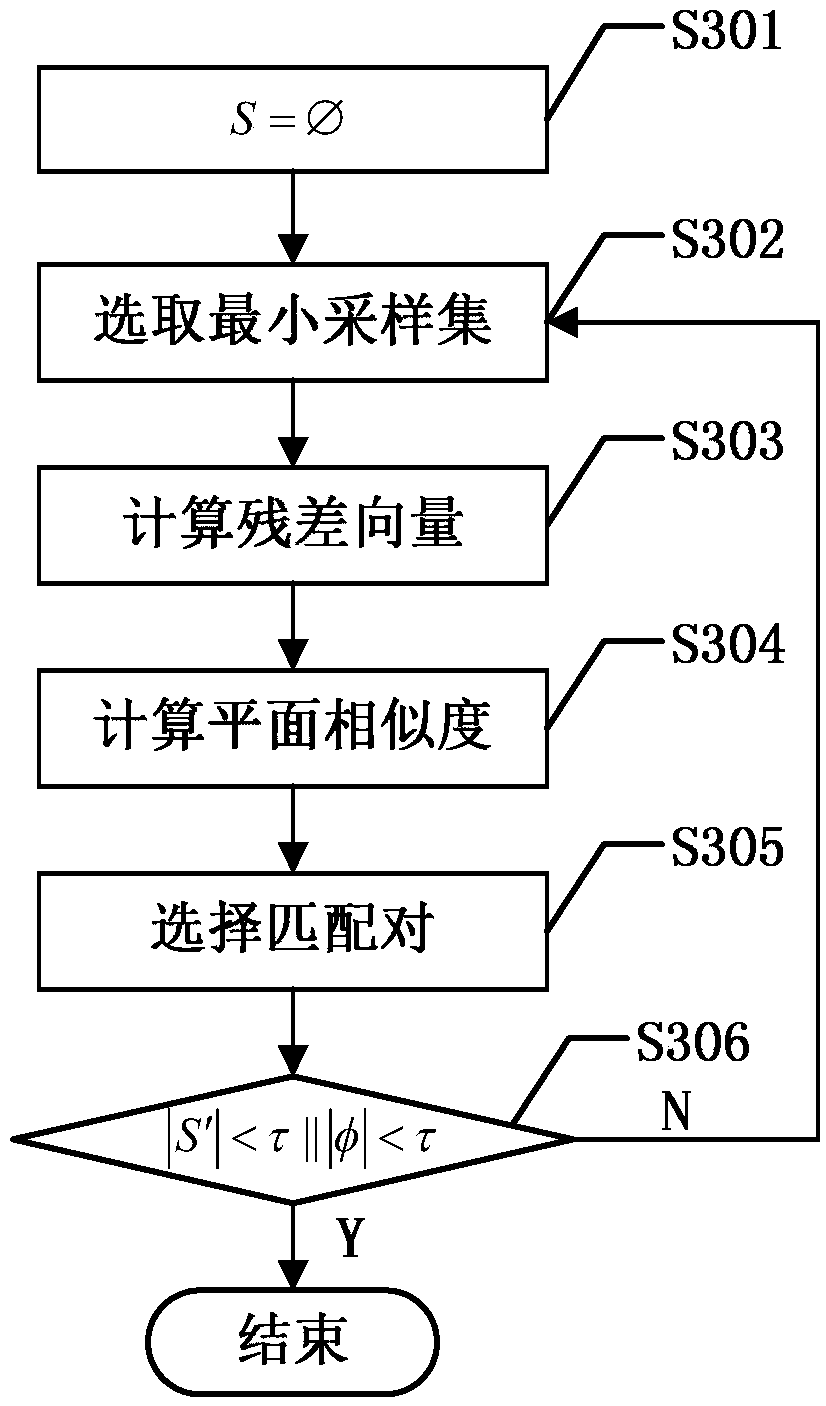Image stitching method based on plane similarity of feature points
An image stitching and similarity technology, applied in the field of computer vision, can solve problems such as difficulty in achieving stitching effects, and achieve the effects of avoiding object miscutting, accurate image transformation, and improving accuracy and robustness.
- Summary
- Abstract
- Description
- Claims
- Application Information
AI Technical Summary
Problems solved by technology
Method used
Image
Examples
Embodiment
[0102] In order to better illustrate the technical effects of the present invention, the present invention is used to conduct experimental verification on specific examples, and to compare with traditional algorithms.
[0103] First, the feature point matching of the present invention is compared to verify the screening algorithm, and the traditional RANSAC (random sample consensus) algorithm is used as the comparison algorithm. Image 6 It is a comparison diagram of the feature point matching of the present invention to the screening algorithm and the RANSAC algorithm. Such as Image 6 As shown, the RANSAC algorithm has screened out a part of the correct matching pairs, while discarding a part of the correct matching pairs. The screening algorithm of the present invention not only excludes the mismatched pairs in the initial feature point matching pairs, but also screens out most correct matching pairs according to the plane they belong to.
PUM
 Login to View More
Login to View More Abstract
Description
Claims
Application Information
 Login to View More
Login to View More - R&D
- Intellectual Property
- Life Sciences
- Materials
- Tech Scout
- Unparalleled Data Quality
- Higher Quality Content
- 60% Fewer Hallucinations
Browse by: Latest US Patents, China's latest patents, Technical Efficacy Thesaurus, Application Domain, Technology Topic, Popular Technical Reports.
© 2025 PatSnap. All rights reserved.Legal|Privacy policy|Modern Slavery Act Transparency Statement|Sitemap|About US| Contact US: help@patsnap.com



